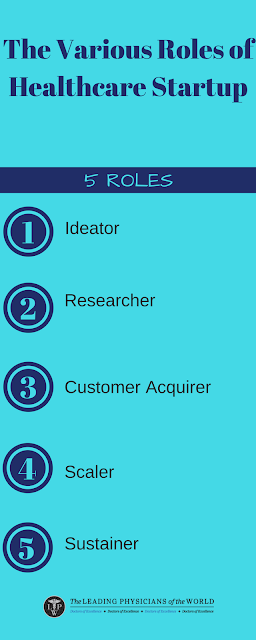Measles: Symptoms, Types and Causes

Measles is a highly contagious disease caused by a virus. Before the introduction of measles vaccine in 1963 and widespread vaccination, major epidemics occurred every 2–3 years and measles caused around 2.6 million deaths a year. The disease remains one of the leading causes of death among young children globally, despite the availability of a safe and effective vaccine. Measles is caused by a virus in the paramyxovirus family and it is usually passed through direct contact and through the air. The virus infects the respiratory tract, and then spreads throughout the body. Measles is a human disease and is not known to occur in animals. Accelerated immunization activities have had a major impact on reducing measles deaths. During 2000–2016, measles vaccination prevented an estimated 20.4 million deaths. Symptoms Measlessigns and symptoms appear 10 to 14 days after exposure to the virus. Signs and symptoms of measles typically include: Fever Dry cough Runny nose S








